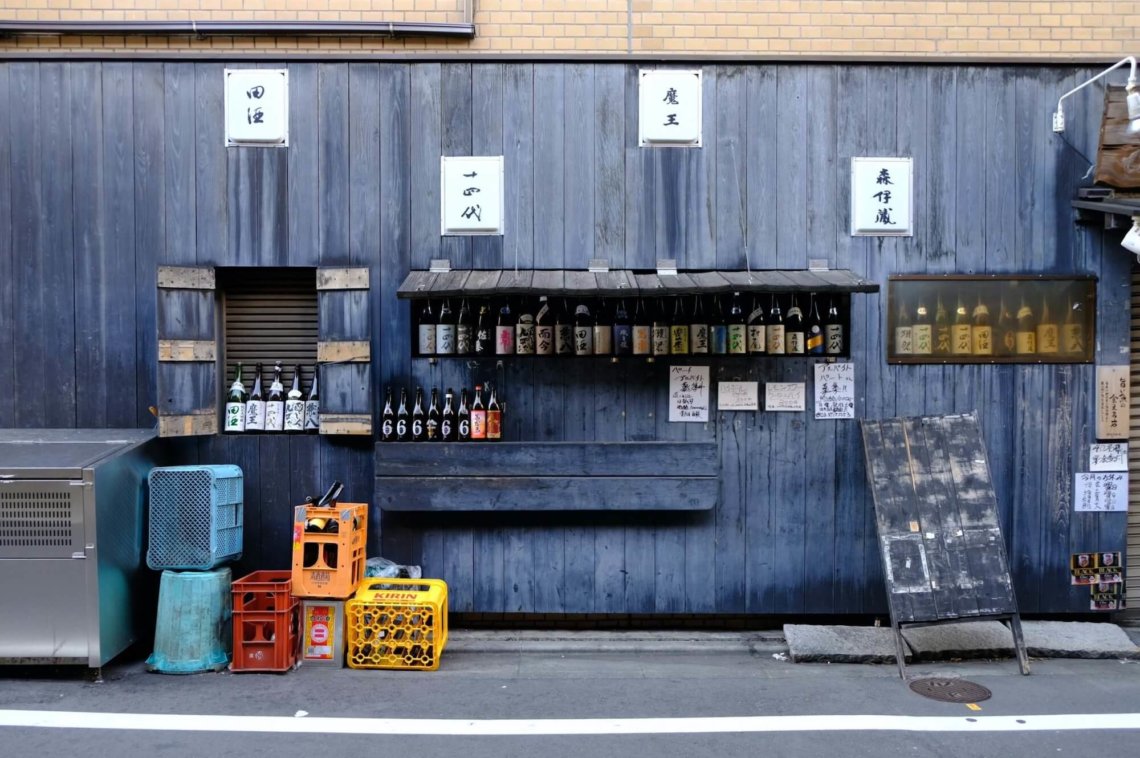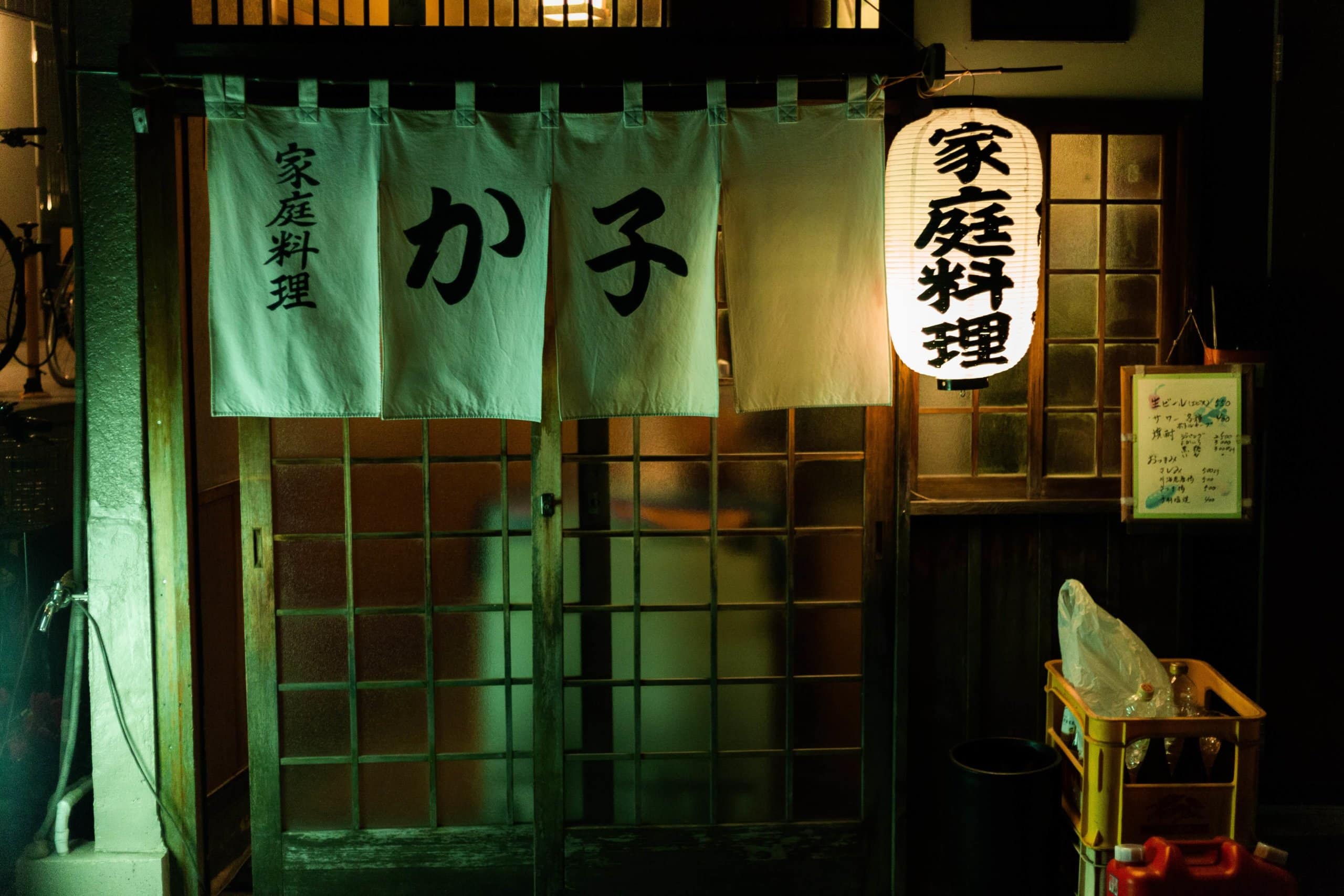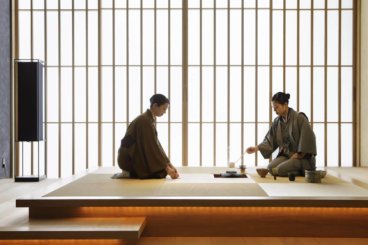This food-loving country offers an amazing variety of culinary experiences, but there’s nothing quite like eating and drinking at an izakaya in Japan.
Often translated into English as Japanese-style tavern or gastropub, izakayas — with their fun, varied menus — are the perfect place to sample a delicious and eclectic variety of Japanese foods.
Enjoying an evening out at an izakaya is also a great way to mingle with locals in lively surroundings. The chance to enjoy wonderful food and drink, while immersing yourself in local Japanese culture, makes dining at an izakaya a quintessential Japan experience.
Over the last couple of decades, as people around the world have learned that Japanese cuisine goes far beyond sushi and ramen, izakayas have proliferated — from London and New York, to Melbourne and Mexico City.
But as you’ll see when you visit Japan, it’s hard to compare with the one-of-a-kind feeling of dining and drinking at an izakaya in Japan!
Izakaya 101
- What is an Izakaya?
- Food at Japanese Izakayas
- Where to Find Izakayas in Japan
- Basic Izakaya Etiquette
- Further Reading
Originally written in 2015, this post was updated and republished on November 11, 2020.

What is an Izakaya?
Izakayas come in all shapes and sizes, but typically they are informal restaurant-like establishments where locals go to eat and drink in a relaxed and cheerful setting.
In guidebooks, you’ll usually find izakaya translated as “pub,” “gastropub,” or “tavern.” They’re not exactly restaurants, because it’s just as much about the experience of drinking among friends or coworkers as it is about eating.
On the other hand, they’re definitely not bars either, as the food is an integral aspect of the izakaya experience. Don’t expect mediocre bar food: most take their cuisine seriously, and at the best izakayas — whether humble or high-end — the food and drink shine equally.
The majority of izakayas are casual places, filled with the sounds of animated conversation and laughter. On weeknights, they’re generally packed with company workers decompressing among colleagues, and on weekends they can be even livelier as friends get together to drink and chat.

Food at Japanese Izakayas
A typical izakaya offers a gloriously eclectic range of small tapas-like dishes, although every good izakaya has its own unique specialties. You can expect everything from vegetables and sashimi to gyoza and fried chicken.
Below is a tiny sampling of the dishes you might see on an izakaya menu.
Common Izakaya Foods
- Tsukemono (Japanese pickles)
- Tofu
- Salads
- Vegetables
- Sashimi
- Grilled fish
- Yakitori (skewers of chicken)
- Karaage (fried chicken)
- Gyoza (dumplings)
- Fried potato with mayonnaise
- Shishamo (grilled smelt, served whole and filled with roe)
- Takoyaki (“octopus balls”)
- Onigiri (rice balls)
- And much more

What to Drink at an Izakaya
Because the experience is about both eating and drinking, the food at most izakayas pairs wonderfully with alcohol, though non-alcoholic beverages are also available.
- Beer: Locals often begin with beer, as explained further in the etiquette section below.
- Sake: While not universally true, many izakayas have fantastic sake (nihonshu) offerings.
- Shochu: Another very common izakaya beverage is shochu. Drink it on the rocks, or as part of a popular izakaya cocktail such as a sour or chuhai.
- Whisky: Bars are your best bet for top-notch Japanese whisky, but many izakayas offer refreshing whisky highballs.
- Umeshu: A lightly sweet liqueur made from ume (Japanese apricot).
- Tea: For non-drinkers, the most common beverage of choice is oolong tea (uron-cha), but other soft drinks may also be available.

Where to Find Izakayas in Japan
Fortunately, izakayas are ubiquitous and you’ll find them in virtually all of our favorite places in Japan.
In certain districts of Tokyo and Osaka (and to a slightly lesser degree, Kyoto), it can sometimes feel like there’s an izakaya on every corner. Even in more off-the-beaten-path parts of Japan and smaller cities and towns, izakayas usually abound. After all, great food paired with refreshing drinks is a winning combination!
While there are many excellent high-end izakayas (particularly in larger cities), some of the most enjoyable are hole-in-the-wall establishments.
The Language Barrier
Keep in mind that, especially at smaller places, it’s safest to assume there probably won’t be English menus, which can initially feel intimidating if you don’t speak (let alone read) Japanese.
The language barrier can be frustrating for some travelers, but as long as you are open-minded, patient, and polite, you can have a wonderful izakaya experience (sign language and Google Translate help!).
To help you get the most out of your experience, download our free Japanese phrasebook featuring essential Japanese words and phrases — including an entire section dedicated to food and drink.
If you’re on one of our trips, you’ll have a fun and knowledgeable expert by your side to make the experience both effortless and insightful. Even if you’re not one of our travelers, we recommend hiring a private guide for at least one evening, as it can add a lot to the experience.
All of this being said, you can certainly have a great time even without a local expert, and it’s definitely worth braving the language challenge to dine at a small local establishment.
For travelers who are very concerned about the language, a great “beginner” izakaya is the well-known Andy’s Shin Hinomoto. While not exactly a locals-only spot, it is popular with locals (particularly, but not exclusively, expats), and has a wonderfully festive atmosphere.

Basic Izakaya Etiquette
As izakayas are usually on the casual side, there’s no need to worry about extreme formality. That being said, etiquette in Japan is always something to keep in mind, so here are some basic tips to help impress those around you.
Start with Beer
While definitely not a requirement, it is very common to begin with a nama biiru (draft beer) even before you study the menu. To do so simply say to the server, “Toriaezu, biiru” (Beer, for now). A cold, refreshing nama biiru is almost always the perfect way to begin an izakaya outing.
Drink, and Eat, Together
Wait until your fellow diners have drinks before you begin drinking. One of several common expressions when everyone takes the first sip of the night together is “Kanpai!” (Cheers!). Likewise, before you take your first bite of food say “Itadakimasu” (a polite expression said prior to eating).
Pour for Others
If drinking from shared vessels — for example, bottles of beer or a sake tokkuri — it’s considered polite to pour for others when their cups run dry. A not-so-subtle way to get others to fill your cup is to pour for them as a gentle reminder.
Don’t Drink Too Much
It’s certainly acceptable to drink, but drinking too much is not a good idea. One way to discreetly prevent others from filling your cup is to keep it filled to the brim.
Careful with the Slippers!
If you’re at a traditional izakaya where bathroom slippers are used, remember to leave the bathroom slippers in the bathroom, rather than wearing them back to the table!
Last but Not Least
While dining etiquette is important, resist the temptation to worry excessively. Above all, remember our golden rule of Japanese etiquette: as long as you act kindly and with respect, you’ll fit right in – even if you do make an honest etiquette mistake or two once in a while.

Further Reading
For more on izakayas, start with Izakaya: The Japanese Pub Cookbook, a collection of beautiful vignettes on a handful of unique Tokyo establishments.
Another great book also featuring some izakayas (along with many other types of Japanese bars and restaurants) is Rice, Noodle, Fish.
For more izakaya and Japan travel inspiration, head over to Best Japan Travel Guidebooks and Recommended Books for your Japan Trip.
If you have more questions about Japan, we put together a complete list of answers to the most common questions about Japan.



